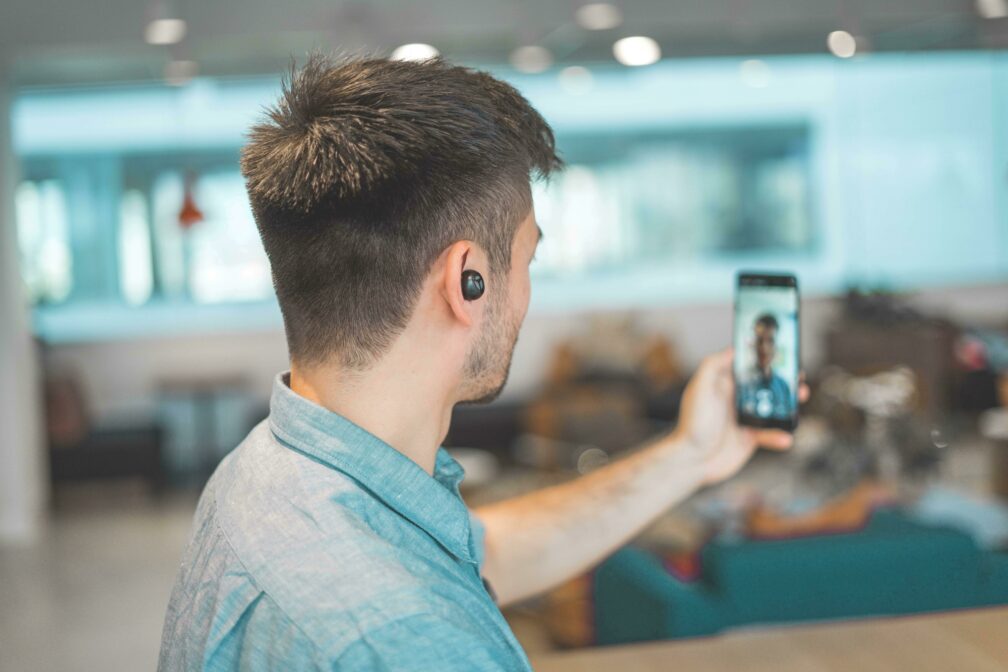Blog
PR + Social

Skype Interview? Here's What You Need to Know
On-air interviews via Skype have been around for a while, but they've quickly become the preferred method for PR pros to get their clients and subject matter experts on air during this time of social distancing.
It’s critical for brands with relevant products, services or perspectives to continue having a presence through videoconferencing opportunities. But this interview format does present some unique challenges. So once you’ve landed that Skype interview, the next step is preparing to be a whole different kind of “camera-ready.”
Below are 14 quick tips to make sure you’re best representing yourself and your brand or organization during a video interview.
1. Prepare your surroundings and ensure your background is professional looking. Hang a branded banner in the background if possible, but make sure it isn't too distracting.
2. Ensure the frame is tight and you're not too far away from the camera.
3. Do not set your background to the blur function. It’s often more distracting than it is helpful.
4. Act in a professional manner, just as you would if the interview was in person/on camera.
5. Dress and look professional. You might be getting used to your WFH attire, but this is not the time.
6. Look at the camera lens and not the screen.
7. Ensure there are no distractions and that you're in a quiet room. Kids and animals are adorable for an internal meeting cameo, but not for an on-air interview.
8. Close other programs on your computer so you're not distracted and make sure all notification sounds are turned off.
9. Silence your phone.
10. You may use notes to ensure you touch on key points, but don’t rely on them. They're not a script—the interview needs to be conversational and flow naturally.
11. Practice and conduct a dry run before the interview to ensure the camera angle is good, the background works, microphone is not muted, etc.
12. Pause every once and a while and make sure the interviewer is engaged. Look for non-verbal cues from the reporter indicating it’s time to move to the next question or wrap things up.
13. Watch your body language. Be sure to have good posture and relax your shoulders to avoid stiffness, and try not to wiggle.
14. Make sure you're in a room with good acoustics and not in a room that will create an echo.
Julianna Monacelli
Julianna Monacelli is DS+CO’s director of consumer public relations and expert in strategic planning, media relations and crisis communications.